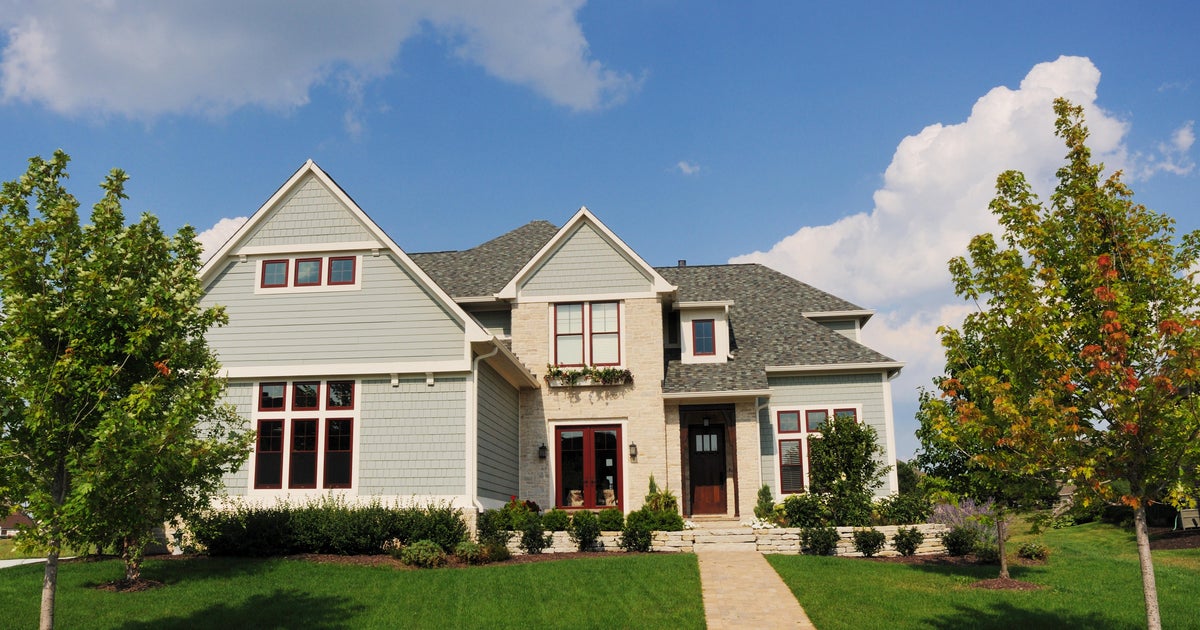Why can't prisons staff their facilities? One state might have a solution
High rates of violence, along with inadequate pay, are just a few of the factors driving correctional officers away from working inside prisons. As states grapple with how to retain those willing to enter the profession, one official thinks he's found a way to make working behind bars more attractive.
John Wetzel, the head of Pennsylvania's Department of Corrections, calls the system of 25 facilities he oversees an outlier. Wetzel considers himself "pretty fortunate" that his prisons are some of the few in the country that aren't considered understaffed.
"Pay is really important," Wetzel told CBS News in a phone interview. "But I would argue, even higher up is will they go home after their shift?"
A recent study by the Department of Justice found that correctional officers experience more non-fatal, violent incidents than any other profession besides police. Reform advocates said the dangerous nature of the position, along with notoriously low wages, have contributed to what's become a widespread, understaffing problem in American prisons.
The high-profile death of Jeffrey Epstein brought more attention to the issue, and Attorney General William Barr cited "serious irregularities" at the understaffed federal jail where Epstein was held.
However, prison officials said understaffing has plagued facilities at all levels for years, and the issue appears to only be getting worse. A recent analysis by the Marshall Project found the federal prison system lost 12 percent of its workforce between President Trump's inauguration and the end of 2018.
Difficulties with job retention, coupled with a rising incarceration rate, are causing some states to seek staffing reform.
In Pennsylvania, Wetzel has successfully lobbied for higher pay for correctional officers. The national average for the position is nearly $44,000 per year, but in Pennsylvania, the job pays an average annual salary of $63,360, according to the state's Department of Corrections. However, Wetzel said efforts need to go beyond raising budgets.
Wetzel has invested in employee assistance programs to provide counseling and mental health services to correctional officers as well. He said he's even gotten creative trying to redesign break rooms, to give staffers the chance to take time for themselves.
Reform advocates say investing in the well-being of inmates can have a significant impact on the well-being of correctional officers, too. This includes programming, but also increasing availability of mental health counselors inside facilities.
Pennsylvania currently has a 1 percent vacancy rate for correctional officers — that's the amount of unfilled positions the state has budgeted for. At one point during his tenure, Wetzel said his vacancy rate hovered between 10 and 15%. He believes keeping inmates "productively occupied" through programming has helped cut that number drastically.
Pennsylvania's Department of Corrections has also implemented town hall-style meetings, which allow correctional officers and inmates to communicate openly. Wetzel called ideas like this part of a broader "strategic effort" to reduce violence within his facilities.
Keeping violence to a minimum is an important catalyst for attracting staff, and in turn, experts say higher staffing levels can create safer conditions for inmates.
"A lot of states that do a good job of providing inmates opportunities to change, typically have a positive culture within their organization," said Kevin Kempf, the executive director of the Association of State Correctional Administrators. "You can see that many of those systems don't suffer from the same amounts of turnover that others do."
Kempf, a former correctional officer himself, said the steps taken in Pennsylvania are "cutting edge," and applauded the culture within the state's department. However, while vacancy rates are strong indicators that a system is working, the numbers don't necessarily paint a full picture.
Kempf said vacancy rates take into account what a system can afford, but not necessarily what a system needs. For instance, the number is not reflective of the amount of correctional officers per inmate.
This can create hurdles when analyzing staffing levels between states. Differing variables, including funding and custody levels, make it near impossible for an even comparison. Kempf said his organization tried for several years to create a system for comparison, but ultimately abandoned the plans.
"To try to do that nationally, we weren't doing anyone any amount of justice," he added. "It was very difficult to do."
Even states with low vacancy rates, like Pennsylvania, still have work to do.
Last year in Pennsylvania, there were 702 assaults by inmates on staff, which included landing at least 60 correctional officers in an outside hospital for treatment. Rates of violence are credited as being one of the largest contributors to understaffing.
Yet, prison officials say the gratifying nature of being a correctional officer makes striving for reforms all the more worth it.
"You know what's crazy? It's amazing to work in this industry," Kempf said. "You sing yourself out of bed in the morning because you're providing opportunities for people to change. That's a very rewarding thing, that not a lot of people can say about their jobs."



